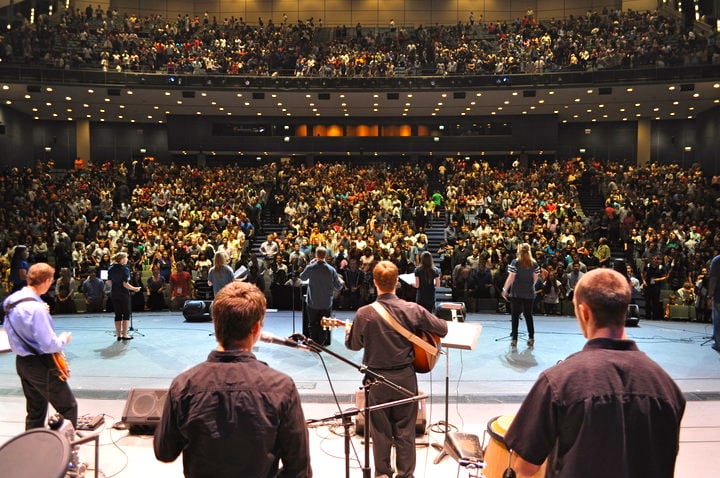The thing about demographics is that you never have an excuse for being caught off-guard. When you know things like generational breakdowns, demographic trends, etc. you can generally have a pretty fair idea of where things are going to be in ten years.
Login to read more
Sign in or create a free account to access Subscriber-only content.
Topics:
